
Should You Combine Psychedelics And VR?
Technology has come a long way, and now we can put on a headset and go to other worlds. Why not do it while tripping? Not only does this combination offer enhanced recreational benefits, but it may have therapeutic potential too. Here we explore the topic of combining VR and psychedelics.
Reality is incredible, but sometimes we like to step out of it for a bit and experience the impossible. Traditionally, psychedelics have been one of the main ways to do this. As technology has advanced, we can now do it artificially too. Virtual reality (VR) allows us to manipulate that which we perceive and enter new worlds. But how about combining VR and psychedelics?
What Are Psychedelics and Virtual Reality?
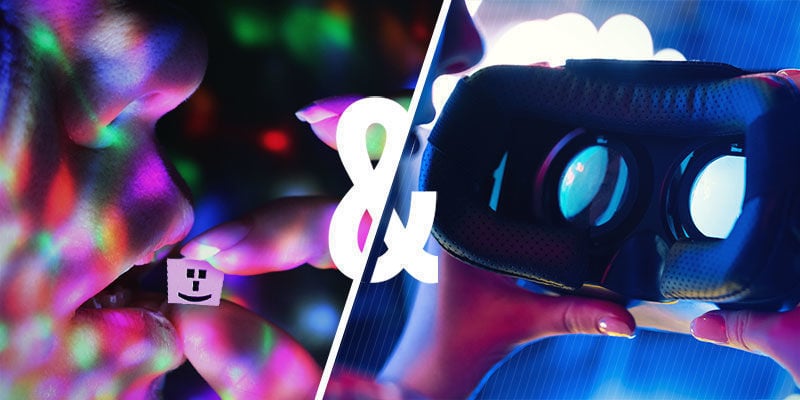
While there are some major differences between psychedelics and virtual reality, the two also have some characteristics in common. By understanding what each is separately, it will make it easier to explore whether bringing them together is a good idea.
What Are Psychedelics?
Psychedelics are those drugs that cause a user to “trip”. This is known as the psychedelic experience. The most well-known psychedelics are magic mushrooms, acid/LSD, mescaline, and DMT/ayahuasca.
People use psychedelics for recreational, spiritual, and therapeutic ends; or all three. Depending on the drug and the dose taken, experiences can range from a slight warping of reality to a full-blown trip in which the user may enter other universes or commune with infinite beings. For many people, both in traditional cultures and modern psychedelic circles, there is a sacred element to the use of psychedelic drugs.
What Is VR/Virtual Reality?
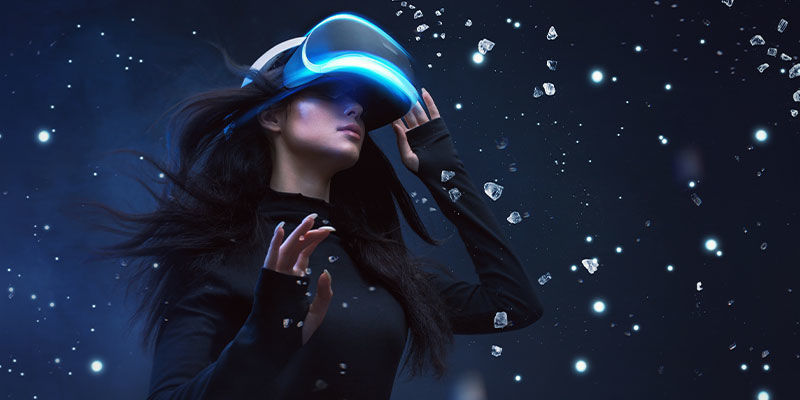
Virtual reality (VR) uses technology to essentially trick the user’s brain into feeling as though it is inside a different reality. Used most often for gaming and interactive art installations, VR takes the user on a visual and auditory adventure to somewhere else, often showing them impossible things.
How Does VR Trick the Brain?
VR tricks the brain mostly by manipulating the visual experience. When a user places a VR headset over their eyes, they (visually) enter another world. The VR program then stitches together a seamless 3D world that the user can explore as they please.
Using motion sensors in the headset, the view moves with the user’s head, giving the illusion that what is being seen is real—and exists in a 3D world. As the brain didn’t evolve to combat this sort of trickery, it readily accepts this world as real, and as such reacts to changes within it as though they are actually happening.
What Are the Benefits of VR?
The most obvious benefit of VR is as a recreational tool. But there are many other benefits too:
-
Teleportation: A user can visit anywhere in the world, in an instant.
-
Remote meeting: Building on the above, it follows that multiple users could have remote meetups without anyone having to travel far.
-
Multi-sensory experiences: Whether for fun, learning, or therapy, the multi-sensory element of VR offers a unique set of benefits.
-
Immersive art: VR is being used by artists to create fascinating, interacting installations. This is perhaps one of the most interesting ways that VR is being put to use.
What Is Virtual Reality Used For?
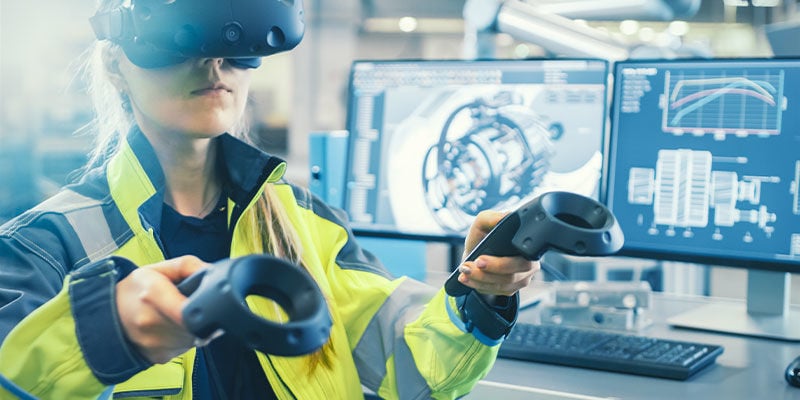
This isn’t just speculation. VR is being used in a number of industries already, primarily to help train people:
-
Automotive industry: to train engineers
-
Healthcare: to practise surgery
-
Retail: for online shopping
-
Tourism: to investigate a potential destination
-
Architecture: to step inside a creation and see how it feels from within
-
Education: providing immersive, interactive ways to learn
Is Virtual Reality Safe?
VR is fairly safe, but it is not without its risks:
-
Eye safety: To an even greater degree than screens, VR may cause myopia—lengthening of eye—which results in nearsightedness.
-
Unsafe surroundings: When wearing a VR headset, you are blind to the world around you. This makes it easy to fall over and hit your head or limbs on other objects, which can cause serious injuries.
-
Pre-existing conditions: These can pose a risk. The intense nature of VR can put you at greater risk of heightened stress, blackouts, and seizures.
-
Motion sickness: One of the most common effects. As the eyes perceive a world moving in one way, and the body perceives a different way, severe motion sickness is incredibly common.
Psychedelics and VR: Parallels and Application
Among both users and researchers, there is increasing interest in using VR and psychedelics in tandem. Is this a match made in heaven, or simply too much of a good thing? Let's examine the parallels and applications of the pair.
The Parallels
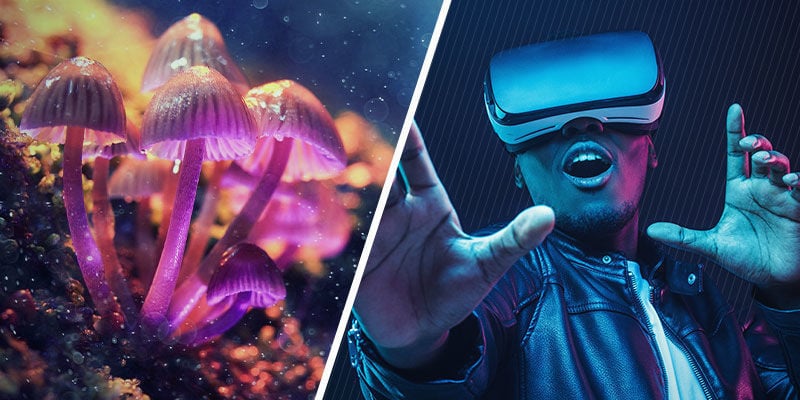
Both psychedelics and VR are used to instil a sense of awe in the user. They do this by disrupting the normal flow of reality, and by putting the user in unlikely, beautiful, and often impossible situations.
1. Ability To Alter Perceptual Experience
Psychedelics and VR both work by altering perceptual experience. Psychedelics tend to work by changing the existing reality, and occasionally by taking the user to an entirely new one.
VR works by taking the user to an entirely new reality, of somebody else’s creation. However, it often leaves some senses behind. Psychedelics affect all the senses in unison.
2. Capacity To Evoke Awe in Users
Both experiences can inspire a sense of awe. Though reality is amazing, we’re subjected to it most of our waking life—so we tend to grow a little numb to it. By violently and unrecognisably changing reality, the mind engages in ways that it rarely has to.
3. Incorporation Into Traditional Mental Health Treatments
Both VR and psychedelics are being invoked for their potential role in mental health treatment.
Psychedelics—particularly magic mushrooms—have been investigated for their potential mood-boosting properties. Though there is a long way to go, it is suspected that part of what they do is suppress the default mode network (DMN), which essentially filters the brain’s experience of stimuli. By suppressing it, regions of the brain communicate more directly and readily with one another.
VR is used in a number of mental health treatments. Most notably, it is used to treat PTSD and anxiety. By exposing patients to triggers in a controlled, virtual environment, they are able to explore these fears without any real danger, and with the ability to escape immediately.
Possible Applications of Combining VR and Psychedelics
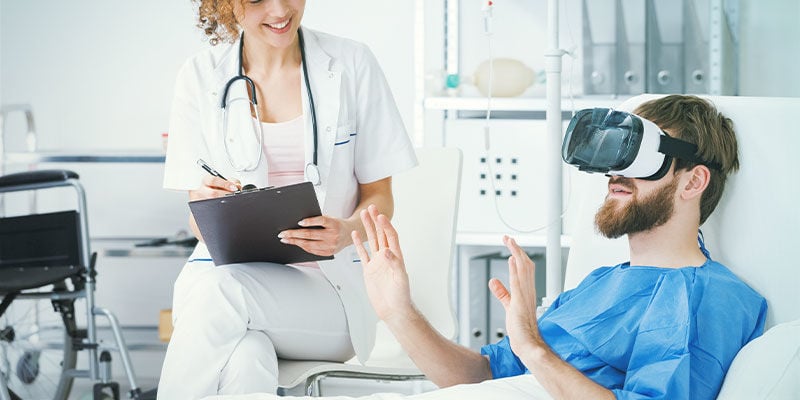
The combination of VR and psychedelics is an exciting milestone for some, and there are numerous potential applications for this marriage of extra-sensory stimulation.
1. Recreational Enhancement Through Psychedelics
VR can further increase the power of a psychedelic experience, and psychedelics could likewise increase the force of a VR experience. Depending on where you live, or what you like to do when tripping, you may find that you are unable to fully indulge in what you’d like to when tripping.
However, with the help of VR, why not float around the moon while listening to your favourite album? There are almost limitless possibilities to what you could do with psychedelics and VR combined.
2. Psychedelics and VR in a Therapeutic Setting
The use of VR and psychedelics together could be very useful.
For those with no experience taking psychedelics, the prospect of taking them for therapeutic purposes could be very daunting, invoking a sense of unease. VR could provide a sort of training experience for these patients. By introducing them to experiences that alter reality, users can build a baseline of comfort before trying psychedelics.
Likewise, hospitals and treatment centres are not always the most pleasing locations. So tripping in a boxy little treatment room could be uncomfortable. VR can allow patients to trip in a location that is more pleasing to them. Why not try a jungle, or at sea?
Which Psychedelics Work Well With VR?
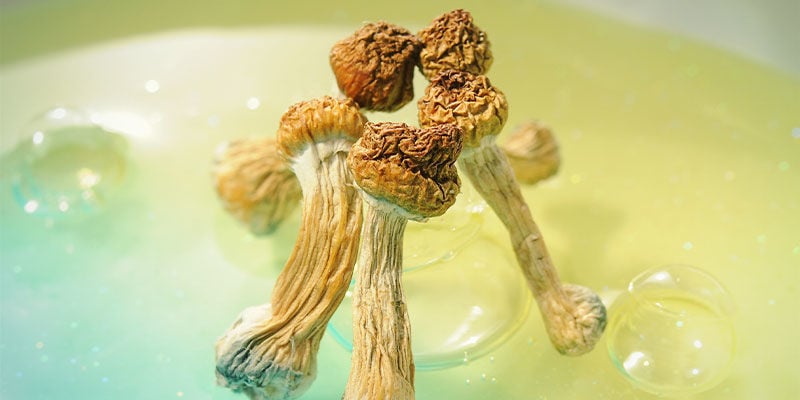
This is fairly untested territory, so feel free to explore. However, there are some seemingly obvious answers. As VR is an auditory and visual experience that doesn’t usually involve too much moving around, it stands to reason that those drugs that enhance these senses are most likely to be a good pairing; i.e shrooms, LSD, and maybe mescaline.
Visual and auditory experiences are massively enhanced under the influence of these drugs, and so we can assume VR would be too. However, psychedelics tend to make things seem very high-definition and real, and things that are artificial often appear offensively so. So it is very likely that your VR experience will not just feel like real life, but more like you’ve stepped inside The Matrix or something. Prepare yourself for a very weird experience!
Though not strictly a psychedelic, cannabis of course is likely to be a pleasant drug to take when using VR—even if it’s not completely mind-bending.
Concerns When Combining Psychedelics and VR
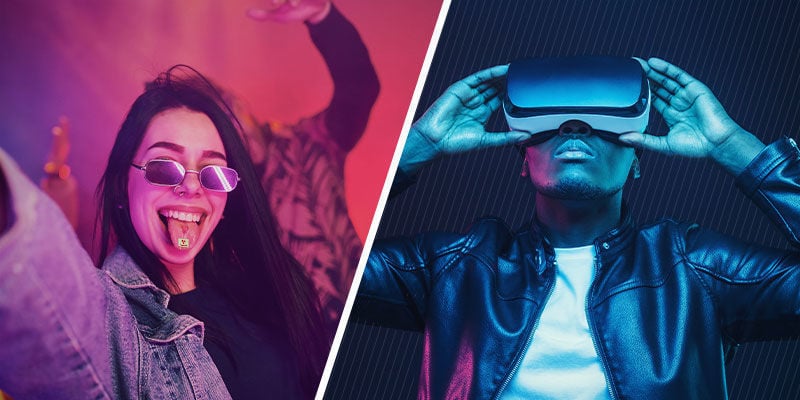
There are a number of concerns around using psychedelics with VR. These are quite wide-ranging and worth considering before you throw yourself into a psychedelic-enhanced VR experience.
Sacred Concerns
There are many who see psychedelics as sacred. And these people are not just confined to traditional cultures, such as those who practise ayahuasca in South America. Many users of psychedelics believe they are a gift from nature, and that when using them you should engage with nature, not technology. For some, the idea of immersing oneself into an artificial world when tripping is the last thing they’d want to do.
Destruction of Reality
In healthy users, the twofold destruction of reality is an appealing, exciting prospect. However, as a treatment it may be counterproductive for people with certain illnesses. Some conditions, such as those that cause psychosis, can make sufferers unable to distinguish between reality and hallucination, to the point that they may not believe in reality. Introducing these people to a new reality that defies all normal laws may well not be helpful if your end goal is having them believe in reality again.
Not As Close as They Seem?
While VR can mimic certain visual and auditory symptoms of tripping, it’s not really getting at the core of it. Drugs change the brain, and thereby change its perception of reality. VR, on the other hand, changes the thing being perceived. So even if it may look like tripping, it certainly won’t feel like tripping. Often, the most profound aspects of a trip are those that are internal, and VR cannot mimic this. This means it would have limited use in preparing people for tripping.
Can One Replicate the Other?
This is less of a concern and more of a consideration. It will be interesting to see how far findings made about one can be applied to the other. Take the DMN example again. Could it be that by shocking the mind and inducing a sense of awe that VR could suppress the DMN? If so, could it be manipulated to work more like psychedelics than we perhaps think? Far more research is needed.
So, Should You Use Psychedelics With VR?
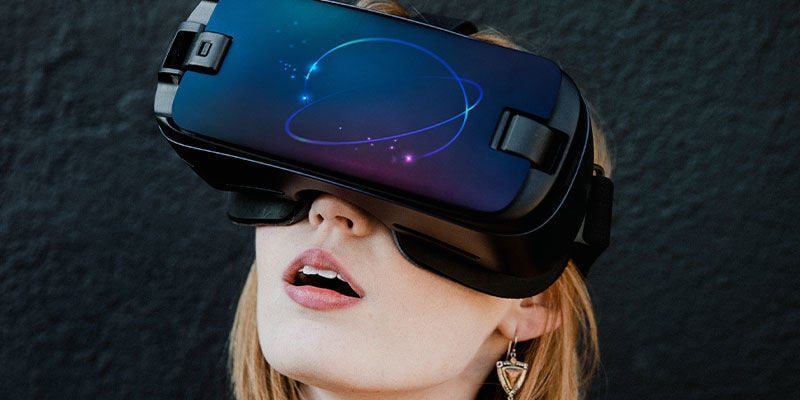
Yes, if you want. But be careful. Go into it with the same attitude you would any trip. Even if it’s purely recreational, be aware that it could be deeply profound and potentially very emotional and overwhelming.
Don’t think that just because you’re going to be playing a game that it will be pure fun. Also, bear in mind that the combined influence of VR and psychedelics is likely to be incredibly confusing, and it might be a lot for your brain to take. However, plan and proceed with caution if you want to try it—though it’s likely that nothing will ever beat tripping in the woods!
Regarding using the combination for therapeutic benefit, think twice before taking this into your own hands. Used wrong, there’s potential for an experience that is not helpful. So talk to a professional and see if you can plan something together—it’s always better to have someone looking after you anyway.
-
 6 min
2 May 2025
How to prepare for a safe psychedelic trip
Psychedelic experiences benefit from knowledgeable and careful planning. It doesn't need to be over-the-top, but a little prep can make a trip absolutely wonderful. Find out how to prepare for a...
6 min
2 May 2025
How to prepare for a safe psychedelic trip
Psychedelic experiences benefit from knowledgeable and careful planning. It doesn't need to be over-the-top, but a little prep can make a trip absolutely wonderful. Find out how to prepare for a...
-
 6 min
26 April 2021
What Are Visuals When Using Psychedelics?
When we trip, we have strong visual experiences. These experiences seem to be shared across space and time, common in their character to all cultures. But, what's going on? Why do we see things...
6 min
26 April 2021
What Are Visuals When Using Psychedelics?
When we trip, we have strong visual experiences. These experiences seem to be shared across space and time, common in their character to all cultures. But, what's going on? Why do we see things...
-
 5 min
1 December 2020
Set & Setting: Two Essential Variables For A Psychedelic Trip
Tripping can either be an incredible, uplifting experience, or a complete downer. In order to prepare yourself for the best situation possible, it's important to understand the differences between...
5 min
1 December 2020
Set & Setting: Two Essential Variables For A Psychedelic Trip
Tripping can either be an incredible, uplifting experience, or a complete downer. In order to prepare yourself for the best situation possible, it's important to understand the differences between...
-
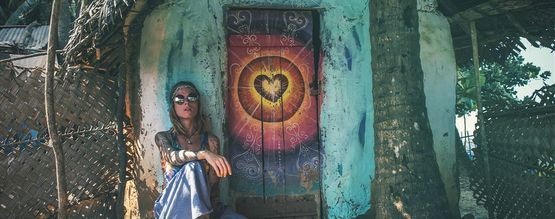 7 min
3 November 2020
The Three Main Types of Psychedelics
Classical psychedelics, empathogens, and dissociatives each possess a unique set of effects, ranging from warm euphoria to vivid visuals and dissociative sensations.
7 min
3 November 2020
The Three Main Types of Psychedelics
Classical psychedelics, empathogens, and dissociatives each possess a unique set of effects, ranging from warm euphoria to vivid visuals and dissociative sensations.
-
 3 min
24 August 2020
Top 10 Places To Trip
A psychedelic trip can be quite an adventure in and of itself. To enhance the experience even more, there are a few factors worth considering. Usually, tripping with good friends or people you feel...
3 min
24 August 2020
Top 10 Places To Trip
A psychedelic trip can be quite an adventure in and of itself. To enhance the experience even more, there are a few factors worth considering. Usually, tripping with good friends or people you feel...
-
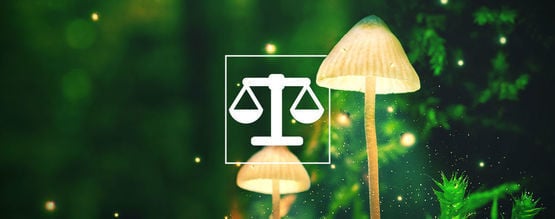 4 min
17 May 2020
How To Weigh And Dose Psychedelics Safely
To increase your chances of a positive and safe trip with psychedelics, knowing how much you are taking is crucial. Find out how to weigh and dose psychedelics safely!
4 min
17 May 2020
How To Weigh And Dose Psychedelics Safely
To increase your chances of a positive and safe trip with psychedelics, knowing how much you are taking is crucial. Find out how to weigh and dose psychedelics safely!
-
 4 min
25 March 2020
Ranking Psychedelics: Beginner To Spiritual Guru
Perhaps you’re an aspiring psychonaut, or maybe you’re interested in trying psychedelics for the first time. This guide is constructed as a general ranking of psychedelics from least to most...
4 min
25 March 2020
Ranking Psychedelics: Beginner To Spiritual Guru
Perhaps you’re an aspiring psychonaut, or maybe you’re interested in trying psychedelics for the first time. This guide is constructed as a general ranking of psychedelics from least to most...
-
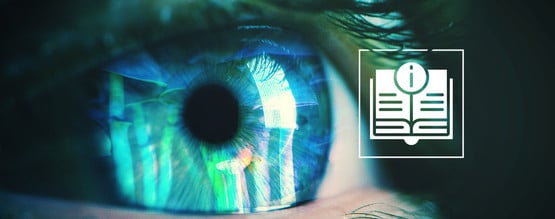 6 min
12 January 2020
A Definitive Guide To The Cognitive Effects Of Psychedelics
Many people know that psychedelics can influence how we think and feel. Below, we break down the different cognitive effects of psychedelics, and explore various enhancements and suppressions in...
6 min
12 January 2020
A Definitive Guide To The Cognitive Effects Of Psychedelics
Many people know that psychedelics can influence how we think and feel. Below, we break down the different cognitive effects of psychedelics, and explore various enhancements and suppressions in...









 United States
United States













